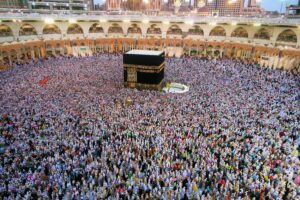Nanga Parbat: The Killer Mountain
nanga parbat, the killer mountain, travel guide, things to do, stay safe, fairy meadows
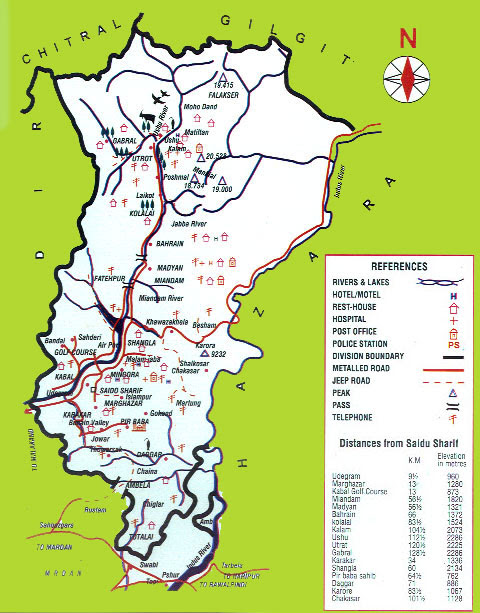
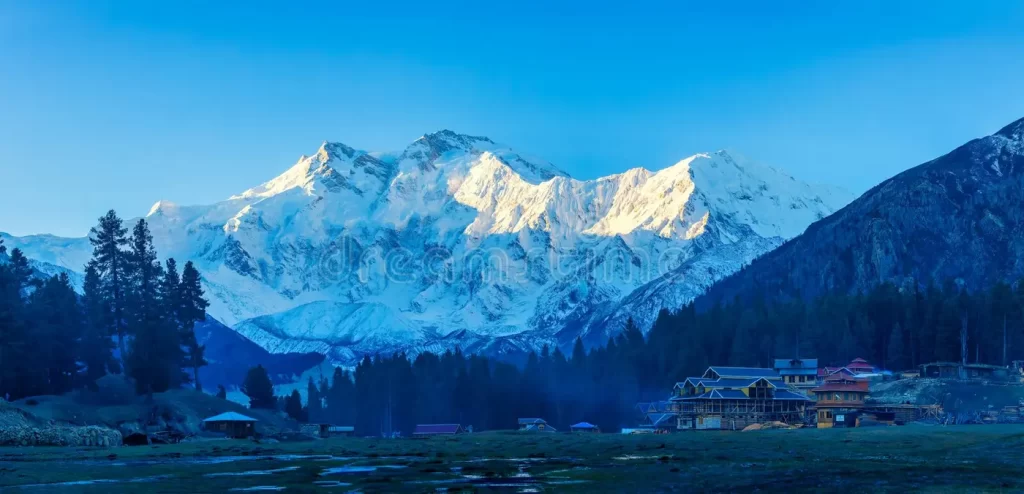
Nanga Parbat is the ninth-highest mountain on Earth and among the eight thousanders with a summit elevation of 8,126 meters (26,660 ft). It is also an immense, dramatic peak that rises far above its surrounding terrain. The name “Nanga Parbat” means “Naked Mountain” in Urdu, and it is a fitting name for this towering peak, which is often shrouded in clouds and snow.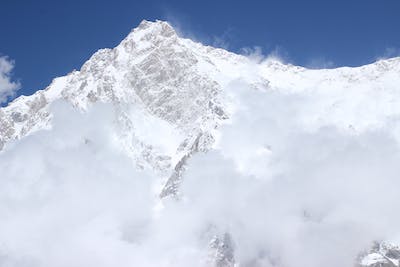
Nanga Parbat is located in the Gilgit-Baltistan region of Pakistan, and it is one of the most challenging mountains in the world to climb. The mountain has a long and tragic history, and it has been known to claim the lives of many climbers. However, the mountain’s beauty and challenge continue to attract climbers from all over the world.
If you are planning to climb Nanga Parbat, it is important to be well-prepared. The mountain requires a high level of mountaineering skills and experience. Additionally, the weather conditions in Nanga Parbat can be unpredictable and dangerous.
Trekking in the Nanga Parbat region
While scaling the entire mountain requires exceptional skill and courage, trekking around the base of Nanga Parbat is a more accessible adventure. The trekking routes offer breathtaking views of the mountain and its surroundings, taking you through lush valleys and pristine wilderness.
- Camping: There are a number of places where you can camp in the region. Be sure to bring your own gear and supplies.
Opens in a new windowwww.cep.com.pk
Camping in the Nanga Parbat region, Pakistan
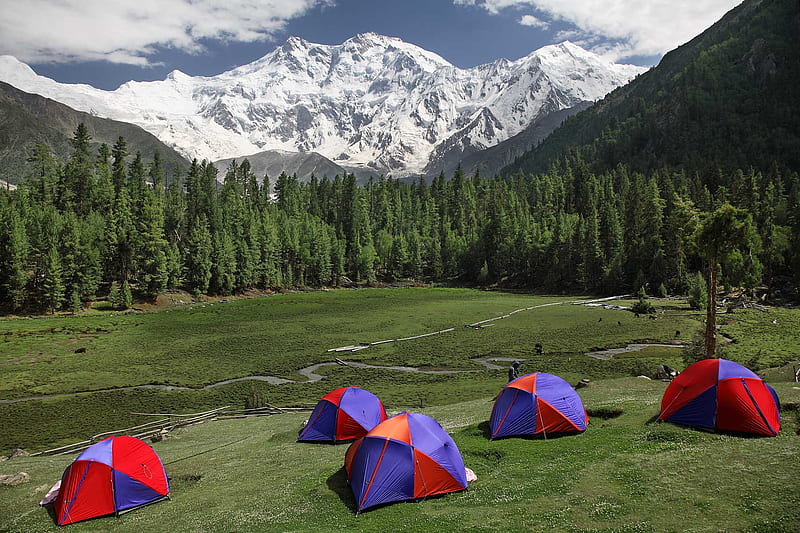
- Visiting villages: There are a number of villages in the Nanga Parbat region, where you can learn about the local culture and way of life.
Opens in a new windowwww.visitinpakistan.com
Visiting villages in the Nanga Parbat region, Pakistan 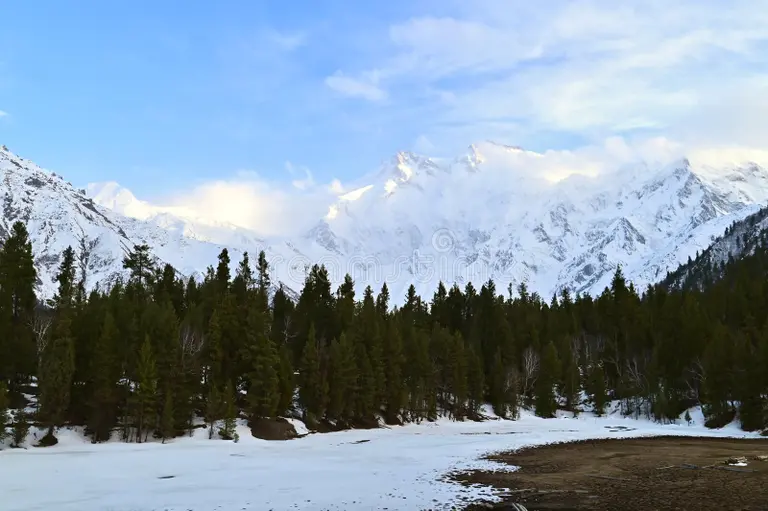
- Photography: The scenery in the Nanga Parbat region is stunning, and you are sure to get some amazing photos.
Tips for visiting the Nanga Parbat region:
- The best time to visit the Nanga Parbat region is during the summer (June-September) when the weather is warm and sunny.
- Be sure to bring warm clothes, even in the summer, as the nights can be cold.
- Be aware of the altitude sickness. The Nanga Parbat region is located at a high altitude, so there is a risk of altitude sickness.
- Respect the environment: The Nanga Parbat region is a fragile ecosystem, so it is important to respect the environment and leave no trace.
Exploring the Majestic Nanga Parbat: The Killer Mountain
Nestled amidst the breathtaking Himalayan range in Pakistan, the mighty Nanga Parbat stands as an awe-inspiring testament to nature’s grandeur. Known as the “Killer Mountain,” this towering giant has captured the hearts and imaginations of adventurers and travellers worldwide. In this article, we embark on a journey to discover the unparalleled beauty and mystique of Nanga Parbat.
A Glimpse of Greatness
Nanga Parbat, soaring to an astonishing height of 8,126 meters (26,660 feet), claims its place as the ninth-highest mountain on our planet. But it’s not just its lofty elevation that makes it remarkable; it’s the mountain’s sheer audacity, rising dramatically above the surrounding terrain that sets it apart.
A Mountain of Legends
The name “Nanga Parbat” translates to “Naked Mountain” in the local language, reflecting the bare, imposing cliffs that dominate its face. Its formidable reputation as the “Killer Mountain” has been earned through its unforgiving and perilous slopes, which have claimed the lives of many mountaineers who dared to conquer its peaks.
According to Wikipedia, 85 climbers have died on Nanga Parbat. This makes it one of the deadliest mountains in the world.
NangaParbat is known for its challenging terrain and unpredictable weather conditions. The mountain has a steep face, and the weather can change quickly, making it difficult for climbers to predict the conditions. Additionally, the mountain is located at a high altitude, which can lead to altitude sickness. The first successful ascent was made in 1953 by Hermann Buhl, an Austrian climber, and his incredible feat still echoes in the mountaineering world.
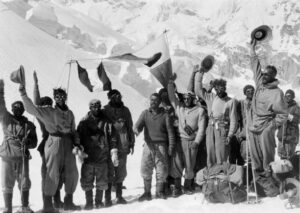 Hermann Buhl after climbing the nanga parbat. 1953. (Photo by: Touring Club Italiano/Marka/Univer
Hermann Buhl after climbing the nanga parbat. 1953. (Photo by: Touring Club Italiano/Marka/Univer
Despite the risks, Nanga Parbat continues to attract climbers from all over the world. The mountain’s beauty and challenges are simply too great to resist.
Embracing the Adventure
For adventure seekers and mountain enthusiasts, Nanga Parbat presents an irresistible challenge. Here are some ways to experience the magnificence of this Himalayan giant:
Fairy Meadows 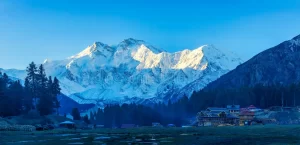
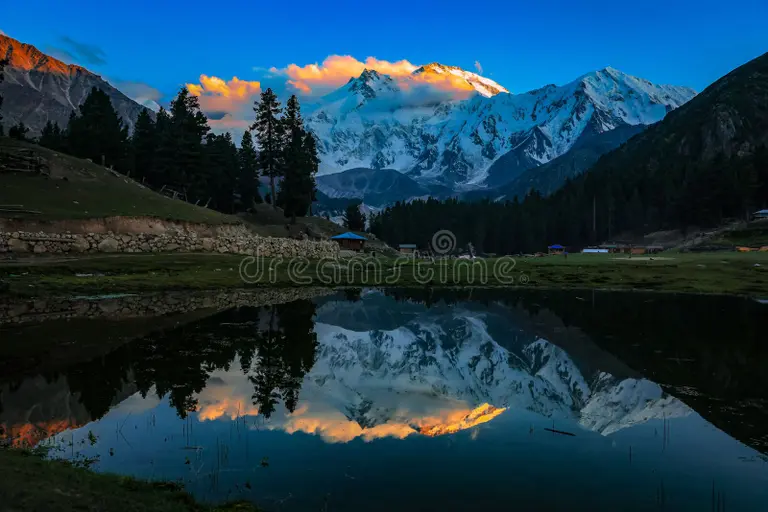 Located at the base of Nanga Parbat, Fairy Meadows is a paradise on earth. Named for its enchanting beauty, this meadow is surrounded by dense forests and offers a mesmerizing view of the mountain. It’s an ideal spot for camping, stargazing, and experiencing the tranquillity of nature.
Located at the base of Nanga Parbat, Fairy Meadows is a paradise on earth. Named for its enchanting beauty, this meadow is surrounded by dense forests and offers a mesmerizing view of the mountain. It’s an ideal spot for camping, stargazing, and experiencing the tranquillity of nature.
Photography
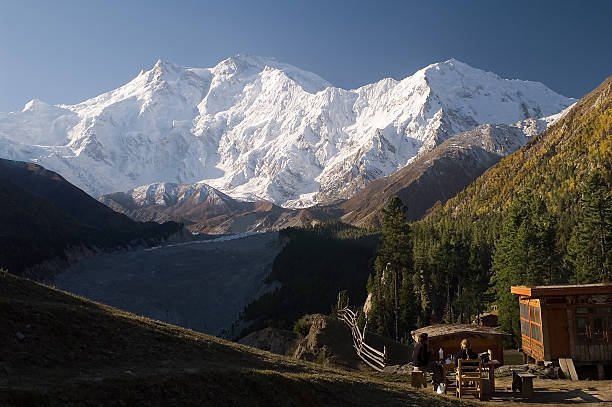
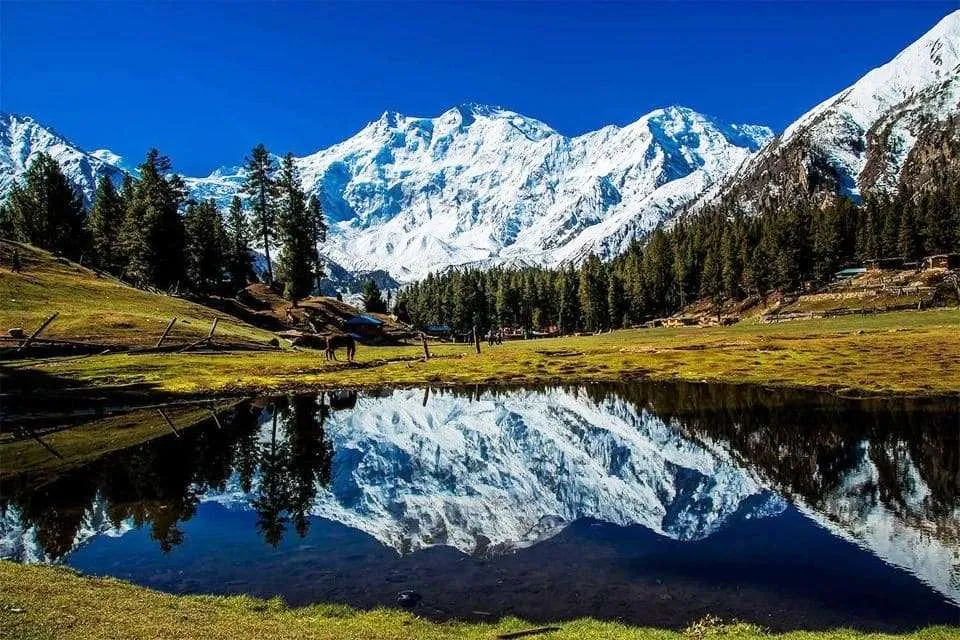
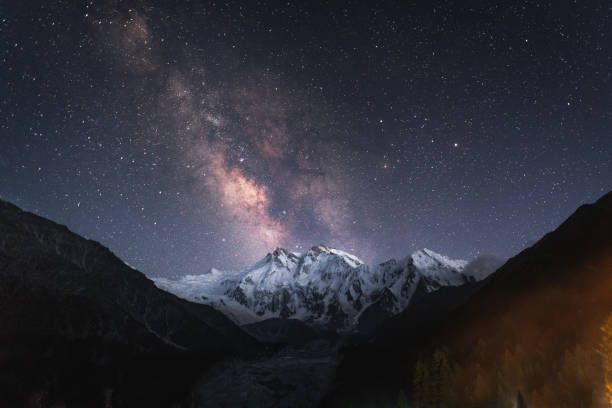
Nanga Parbat under the Milky Way
Nanga Parbat is a photographer’s dream come true. Its ever-changing landscapes, from lush greenery to ice-covered peaks, provide endless opportunities for capturing awe-inspiring shots. Don’t forget your camera!
A Cultural Experience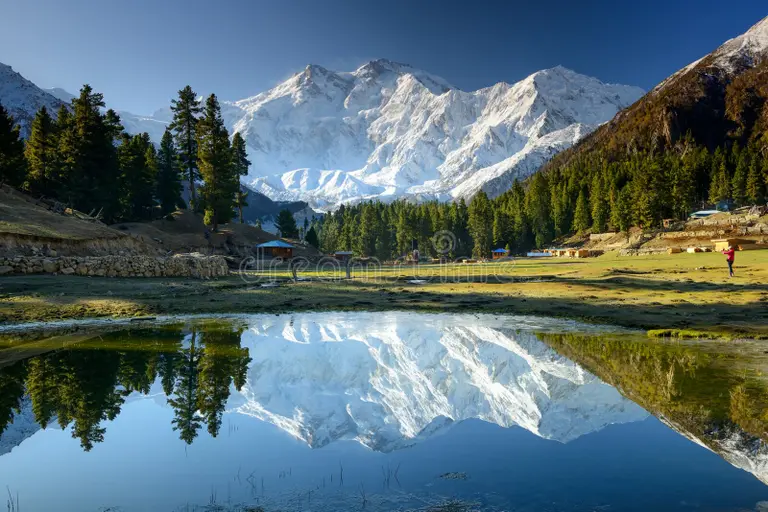
Beyond its natural wonders, Nanga Parbat offers a glimpse into the rich culture of the region. The local communities, with their warm hospitality and unique traditions, welcome travellers with open arms. Engage with the locals, savour the traditional cuisine, and immerse yourself in the culture that has thrived in the shadow of this majestic mountain for centuries.
Conclusion
Nanga Parbat, the “Killer Mountain,” is not just a geographical wonder but a symbol of human determination and the relentless spirit of exploration. Its towering presence and challenging ascent have lured adventurers for generations, making it an iconic destination for those seeking to test their limits and embrace the untamed beauty of the Himalayas. So, whether you’re an intrepid mountaineer or a nature enthusiast, let Nanga Parbat’s majesty fill your heart with wonder and reverence for the natural world.
Embark on an unforgettable adventure to Nanga Parbat. Witness the grandeur of the “Killer Mountain” and create memories that will last a lifetime.
